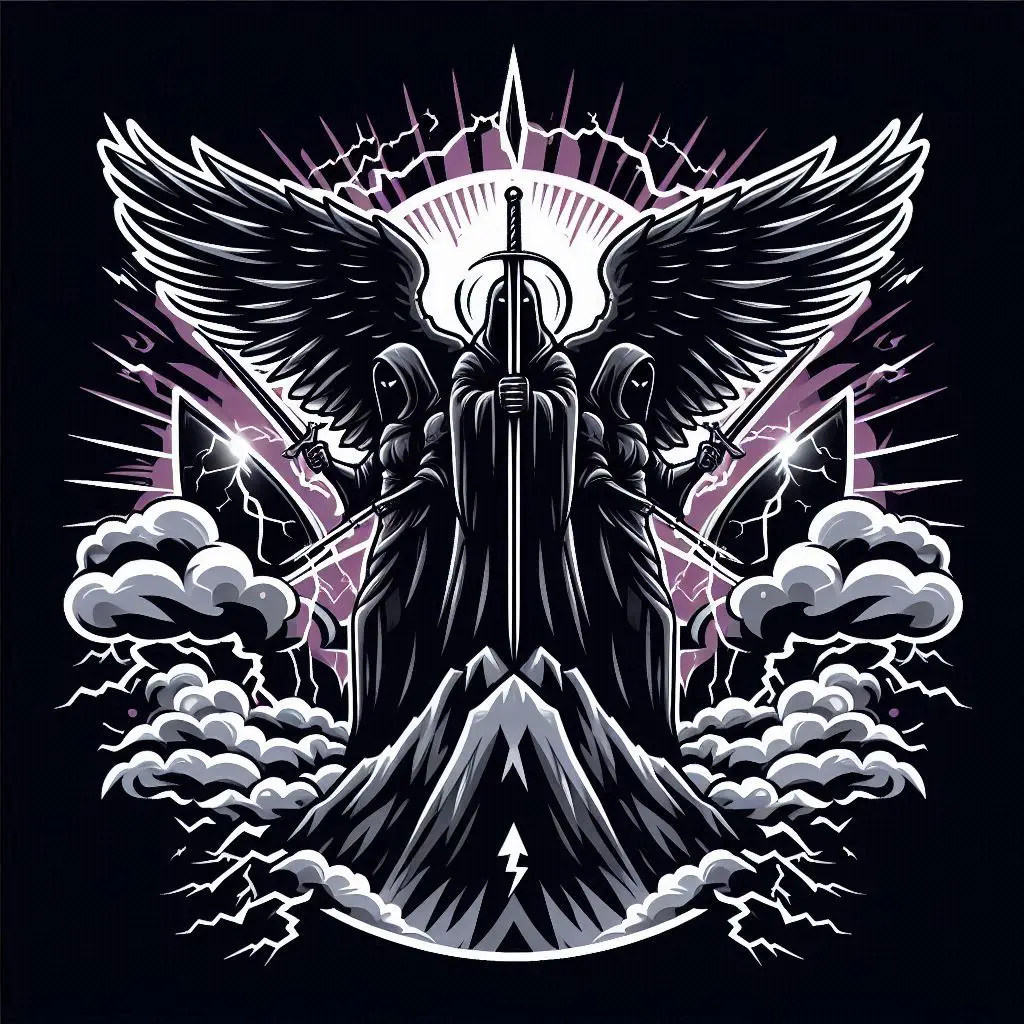The Dark Angels Ransomware Group: A Rising Threat in Cybersecurity

Cybersecurity is always changing, and new threats pop up all the time. One group that's been making waves lately is the Dark Angels ransomware crew. They're known for their clever strategies and big-name targets, making them a serious player in the cybercrime scene. In this blog post, we’ll explore where the Dark Angels came from, how they operate, and the effects of their actions, showcasing some of their most infamous attacks and what it means for the world of cybersecurity.
Origins and Evolution
The Dark Angels ransomware group made their debut in May 2022. At first, they kept a low profile, but they quickly became known for their double extortion techniques. Instead of just encrypting files like traditional ransomware, the Dark Angels demand payment for both a decryption key and to prevent the exposure of stolen data. This two-pronged approach has made them a serious threat in the cyber world. Their Windows attacks are modeled after the leaked Babuk ransomware code, while their Linux/ESXi attacks are based on a unique codebase. This flexibility allows them to target a wide array of systems and industries, such as healthcare, government, finance, and education.
Notable Attacks
The Dark Angels were responsible for a major ransomware attack on Johnson Controls in September 2023, where they used their ransomware to lock the company's VMWare ESXi servers, leading to significant operational disruptions. In another notable incident, a Fortune 50 company paid a record $75 million ransom to the Dark Angels in early 2024, underscoring the serious financial consequences of ransomware attacks on organizations.
Tactics and Techniques
The Dark Angels are experts at using advanced strategies to accomplish their goals. Their ransomware is specifically created to prevent system recovery and stop any activities that could disrupt the encryption process. When targeting Linux/ESXi systems, the ransomware employs AES encryption with a 256-bit key, making it extremely challenging to retrieve data without the decryption key.
Moreover, the Dark Angels are recognized for their careful preparation and flawless execution. They frequently carry out thorough surveillance to pinpoint valuable targets and customize their assaults accordingly. This meticulous approach enhances the success rate of their missions and makes it tough to counter their attacks.
Impact on Cybersecurity
The emergence of the Dark Angels ransomware group is a major concern for cybersecurity. Their ability to demand hefty ransom payments may encourage other cybercriminals to follow suit. This highlights the need for strong cybersecurity measures and proactive threat detection.
It is crucial for companies to prioritize advanced security tools and training for employees to reduce the chances of falling victim to ransomware attacks. Regularly backing up data, segmenting networks, and having a solid incident response plan are essential parts of a well-rounded cybersecurity approach.
Conclusion
The emergence of the Dark Angels ransomware group is a troubling trend in cybersecurity. Their complex methods, high-profile hacks, and significant financial repercussions underscore the critical need for stronger security measures. As cybercriminals become more adept, organizations must be proactive and vigilant in their defense strategies. By comprehending the tactics and motives of groups like the Dark Angels, we can enhance our preparedness and reduce the risks associated with ransomware attacks.
